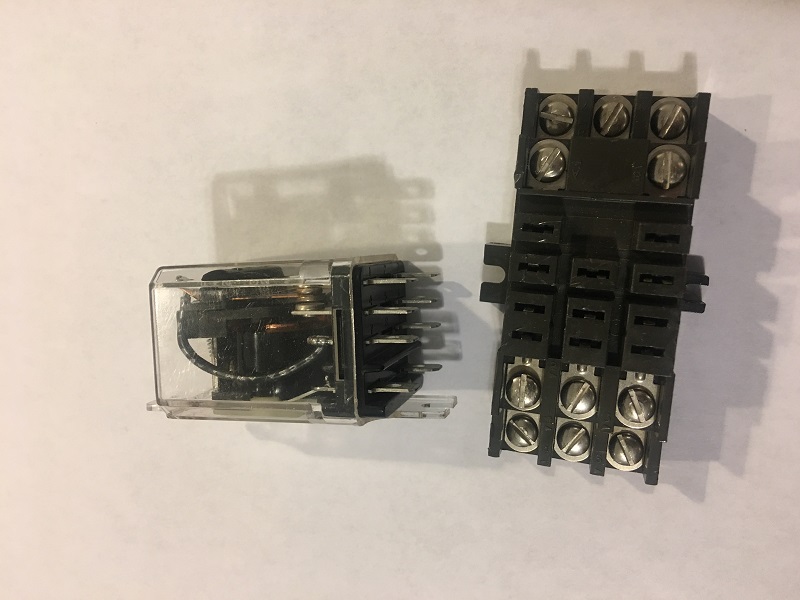So I have this nice load controller circuit I built that I use to control my loads based upon the voltage of my capacitor bank which I use as a buffer in the daytime (currently 722 Watt Hours bewteen 60V and 32V through an old Trace 4048 inverter). Originally, I just wired things up to the output solid state relays of the load controller via plug in outlets. To make it a bit more useful, I have a lighting circuit which is just lights, so I rigged the output of the solid state relay and the inverter neutral wiring to a double pull double throw relay with a 125V coil. I wired the inverter output across the coil and the normally open connections, with the utility power across the normally closed circuits which switches the line and neutral wires from the utility to my inverter when there is output to the circuit from the inverter through my load controller.

This works for the lights on the circuit with just a flicker when it switches back and forth, but those lights are maybe around 200 Watts max and are not an inductive load. I am thinking that I would like to do the same thing for when the bank voltage is higher and I have excess power for the 110V circuit to use that excess power with my laundry equipment and possibly other loads which may have more inductance. I have some concerns though because I know that the inductive coils in the motors will store power, and I am thinking that I may have a problem if there is still power from a spinning motor being back fed as it switches the relay on connecting it to my inverter, but I have not done this and am not sure how much of a problem this would be. My inverter is not connected to my grid, so the power phases will not be synchronized at the time of the switch. My goal is to not ruin a 20 amp 120V relay or release magic smoke from any other components. I figure some of you guys probably have experience doing similar switching. Any thoughts on this? Rich